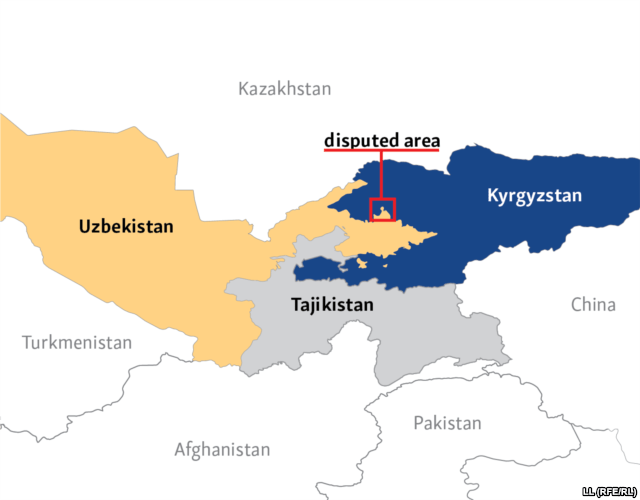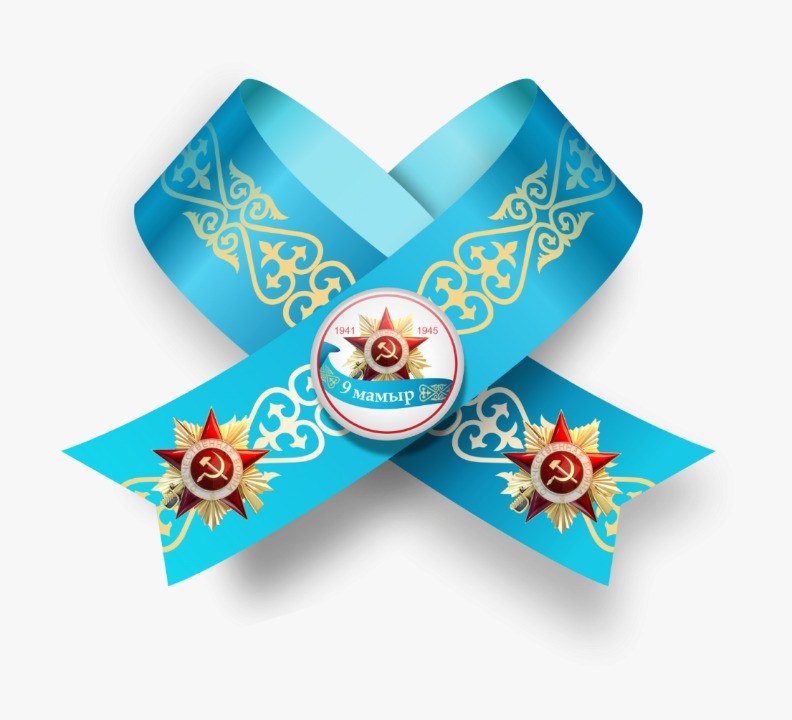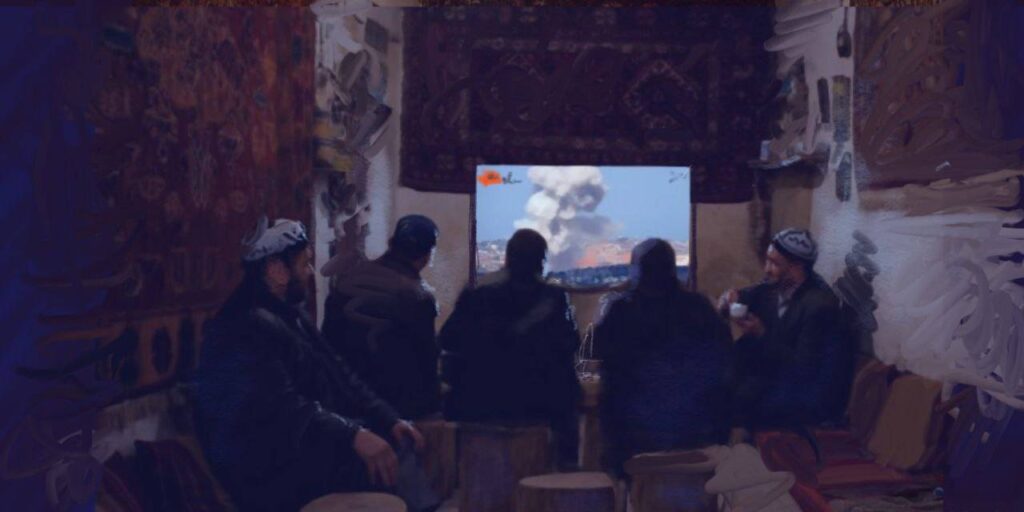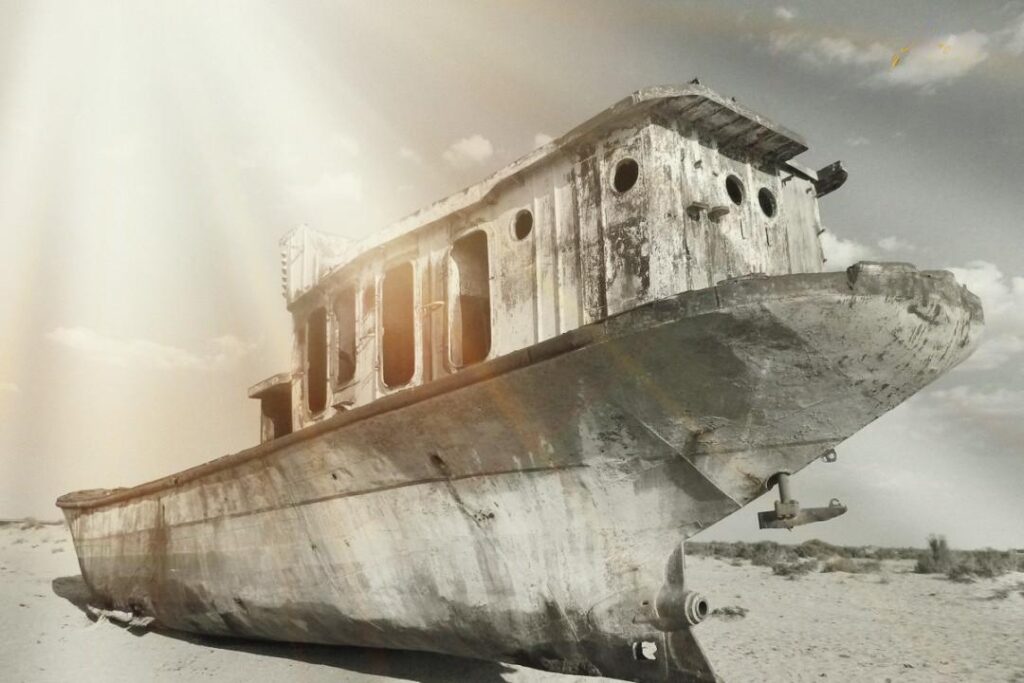BISHKEK (TCA) — Uzbekistan has pulled back troops and military vehicles from a disputed segment of the Kyrgyz-Uzbek border, ending a weeklong standoff in the area, RFE/RL reported.
The Kyrgyz state border guard service said the troop withdrawal took place early on March 26, a day after a meeting between Kyrgyz and Uzbek officials over the crisis.
The meeting had been initiated by the Uzbek side, the border guard service said.
The crisis centered around a small mountain known in Uzbek as Ungar-Tepa and Unkur-Too in Kyrgyz, which lies on the undemarcated Kyrgyz-Uzbek border about 10 kilometers from the Kyrgyz town of Kerben.
On March 18, two Uzbek armored personnel carriers and some 40 soldiers suddenly appeared at the border crossing near Ungar-Tepa at a place called Chala-Sart in Kyrgyz.
The Uzbek maneuver was considered by Kyrgyz officials to be a violation of bilateral agreements between Bishkek and Tashkent not to “militarize” a tense situation along their common border.
Kyrgyzstan responded by sending dozens of armed border guards to the frontier as well as moving members of its special forces unit, the Scorpions, to the area.
The tense situation and perhaps Uzbekistan’s massive military advantage over Kyrgyzstan led Bishkek to call for the CSTO’s Permanent Council to hold an “extraordinary session” on the issue.
The CSTO — which Uzbekistan left in 2012 — met on March 22 and “expressed concern” with the situation.
The majority of the twisting 1,314-kilometer-long Uzbek-Kyrgyz border is still undefined, and conflicts on and near border crossings are often violent.









